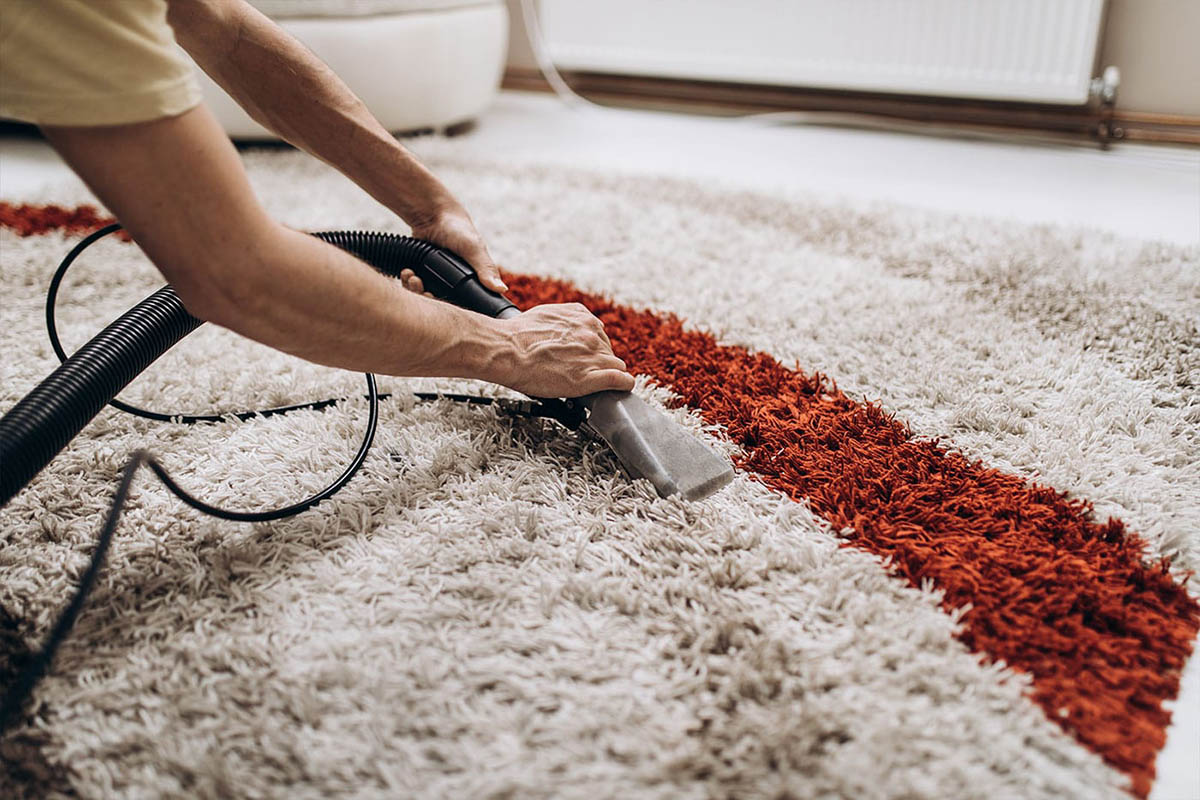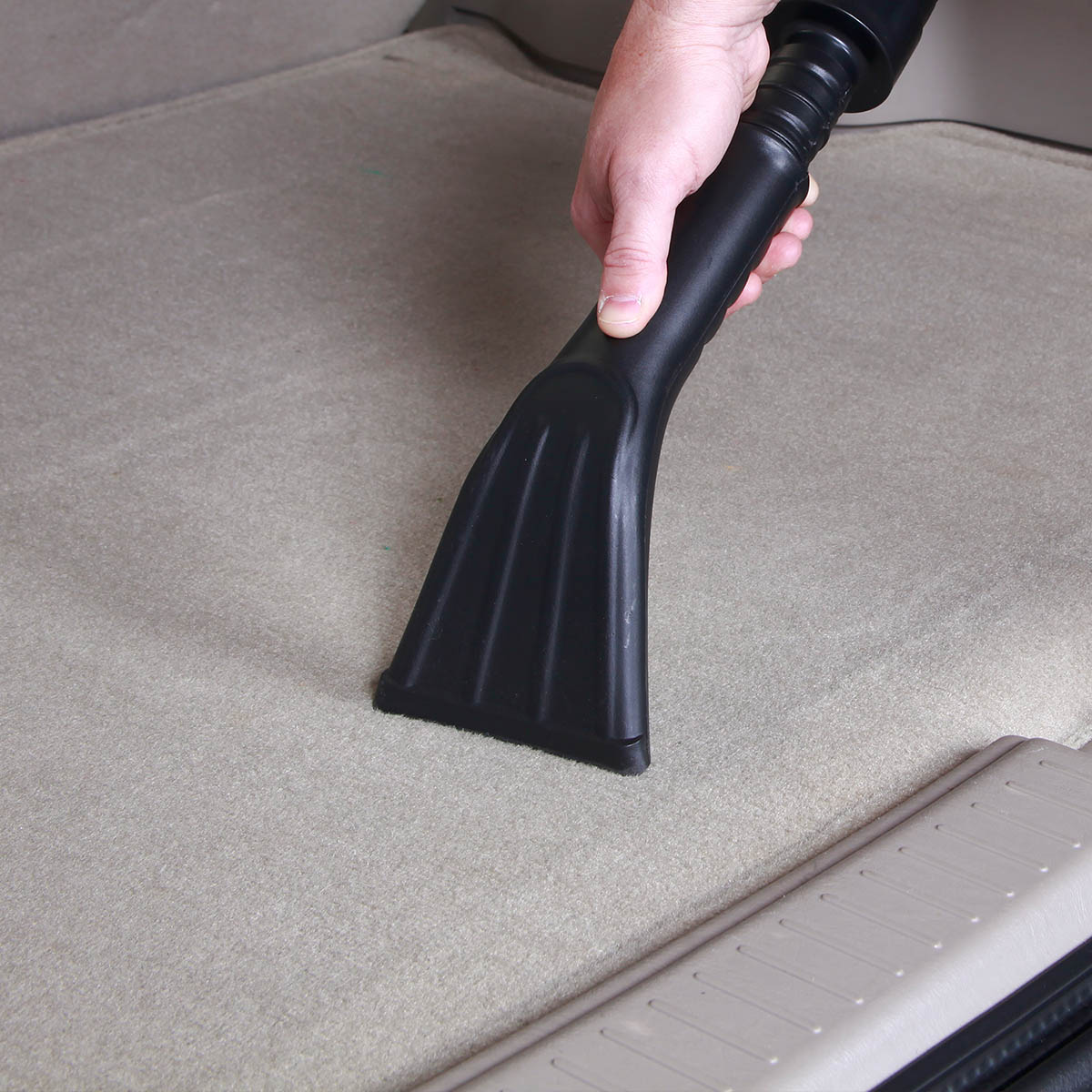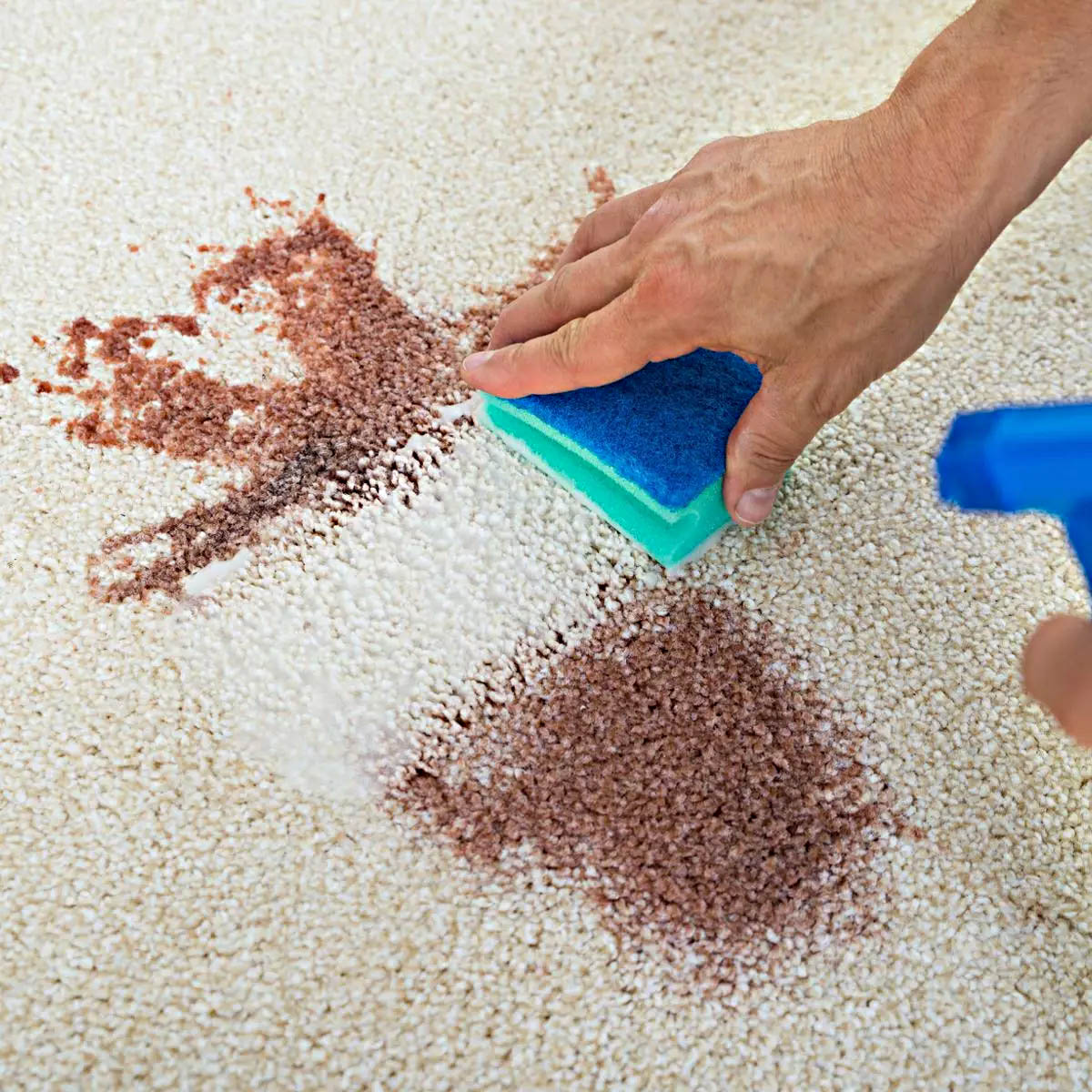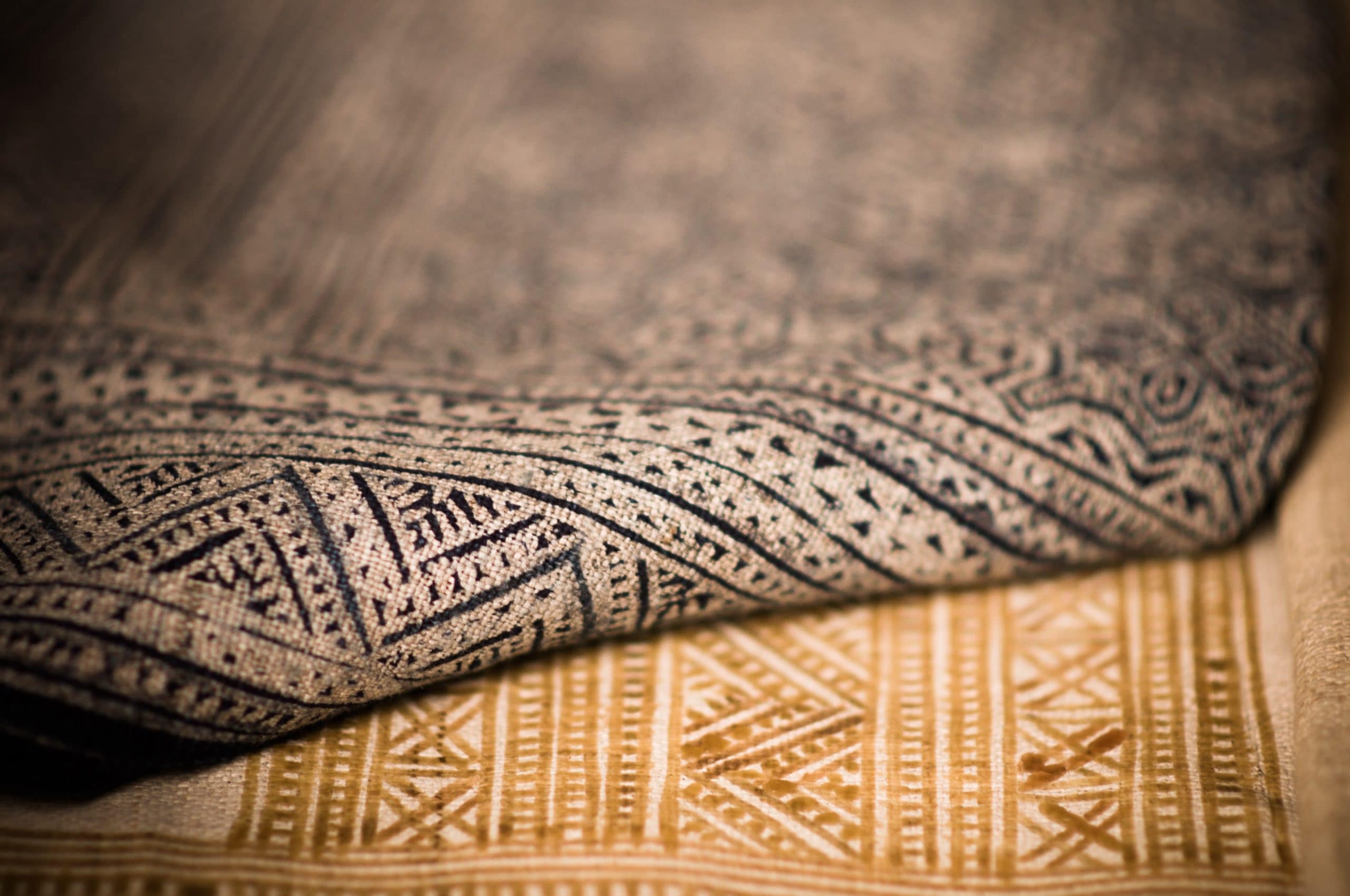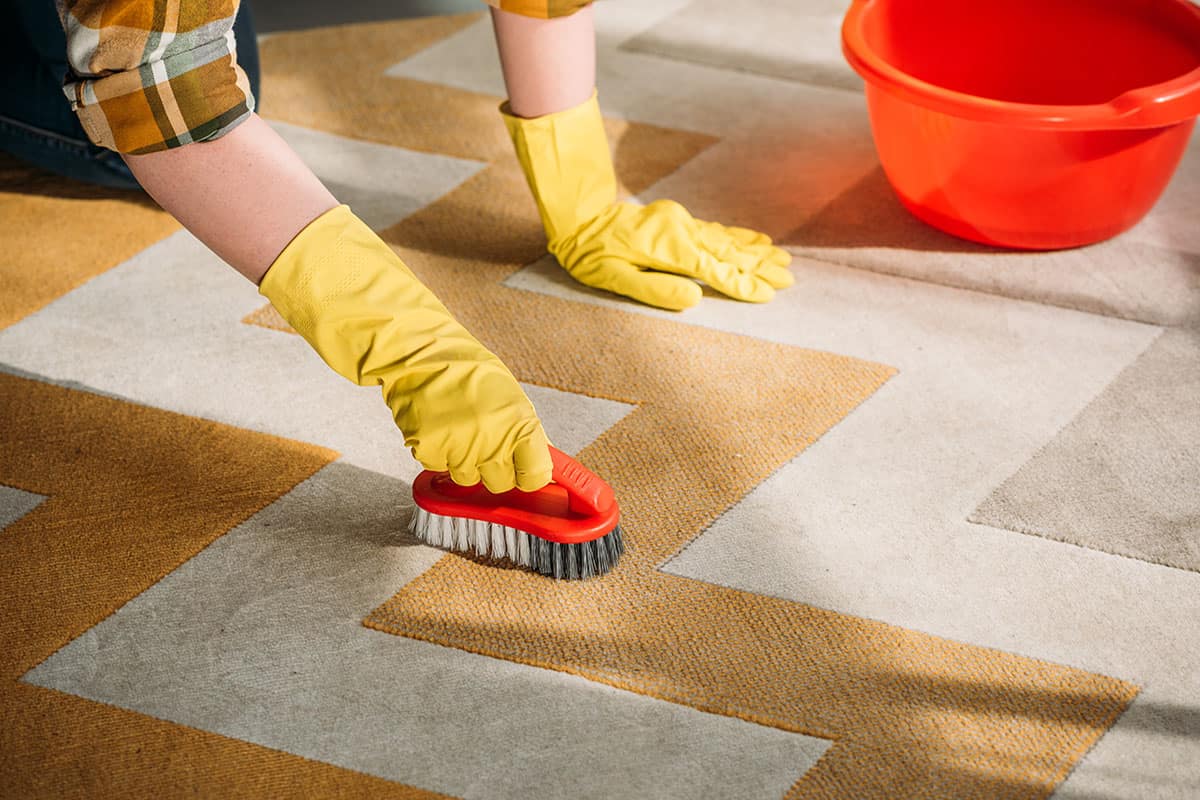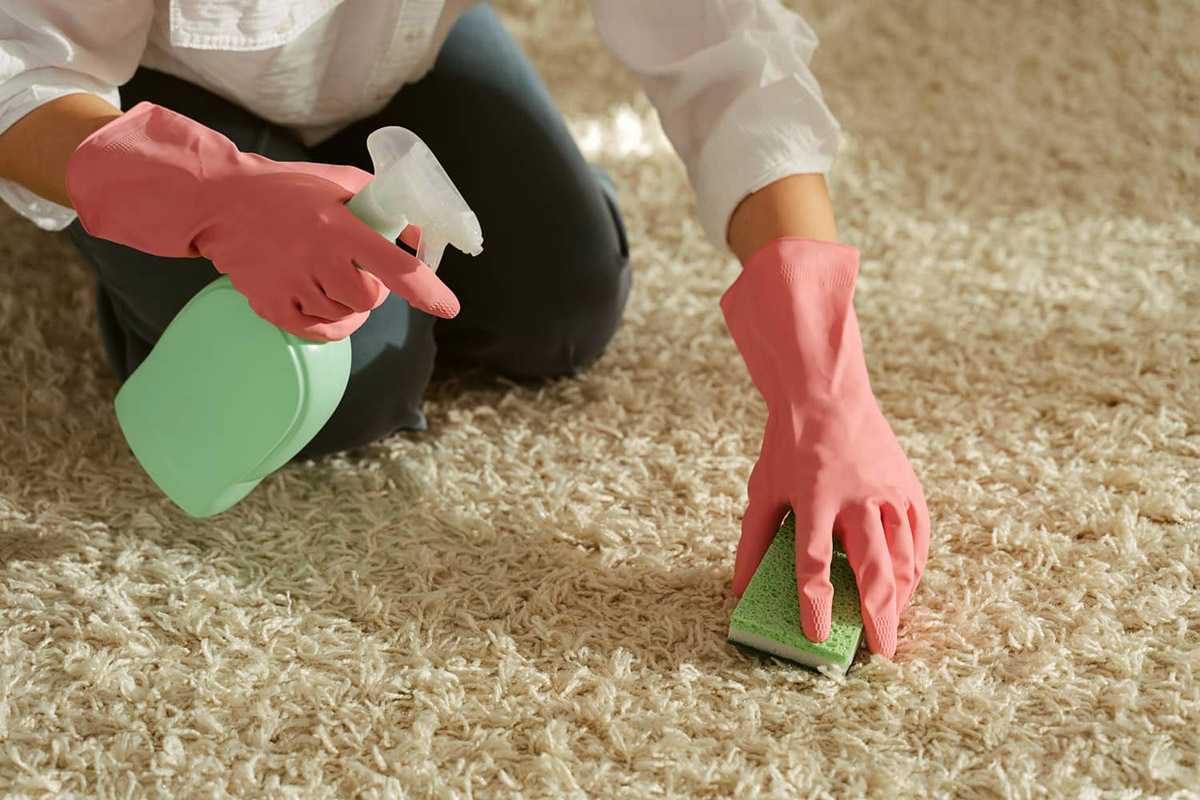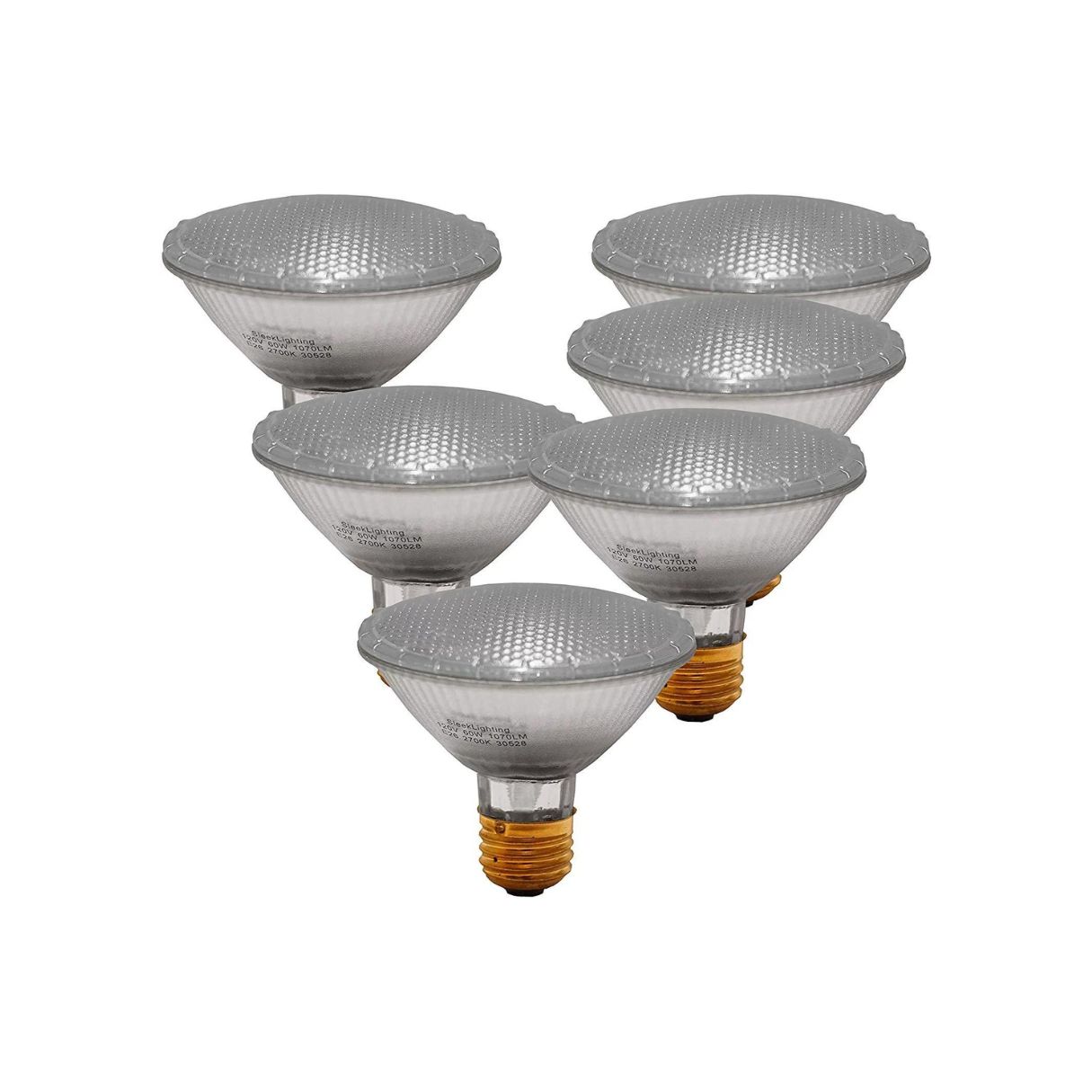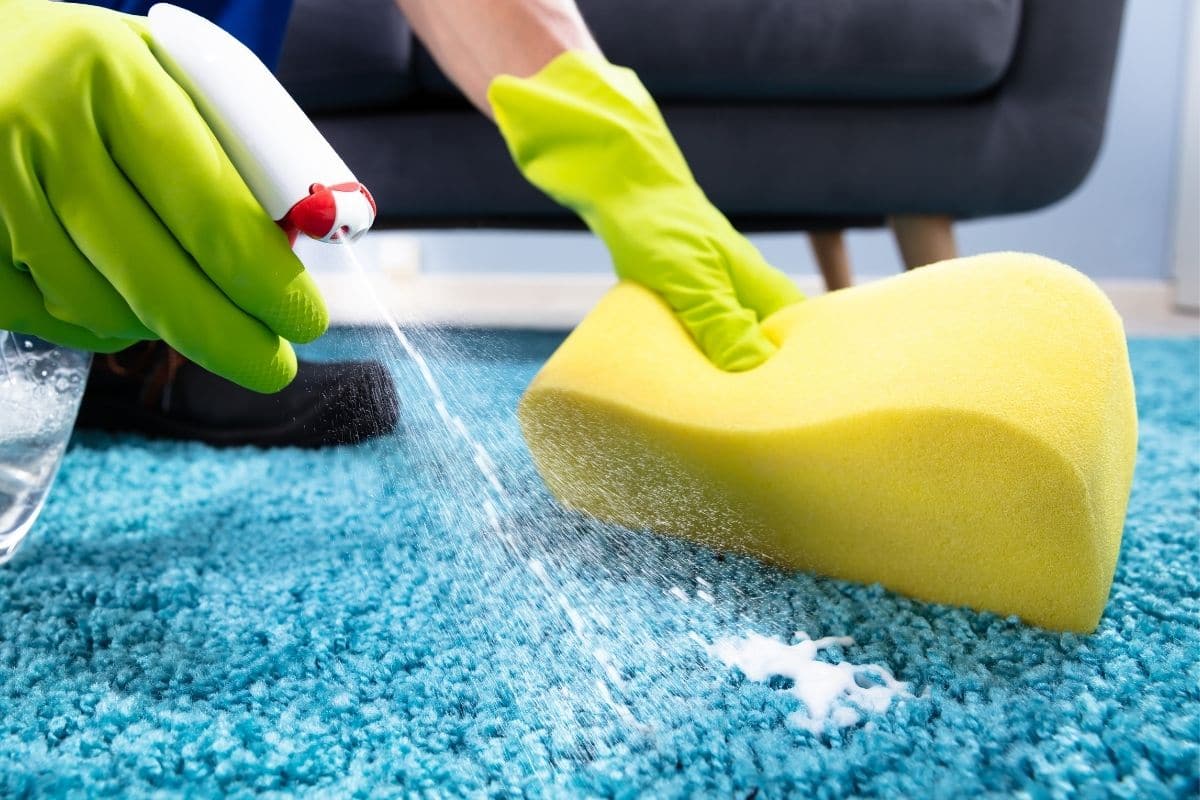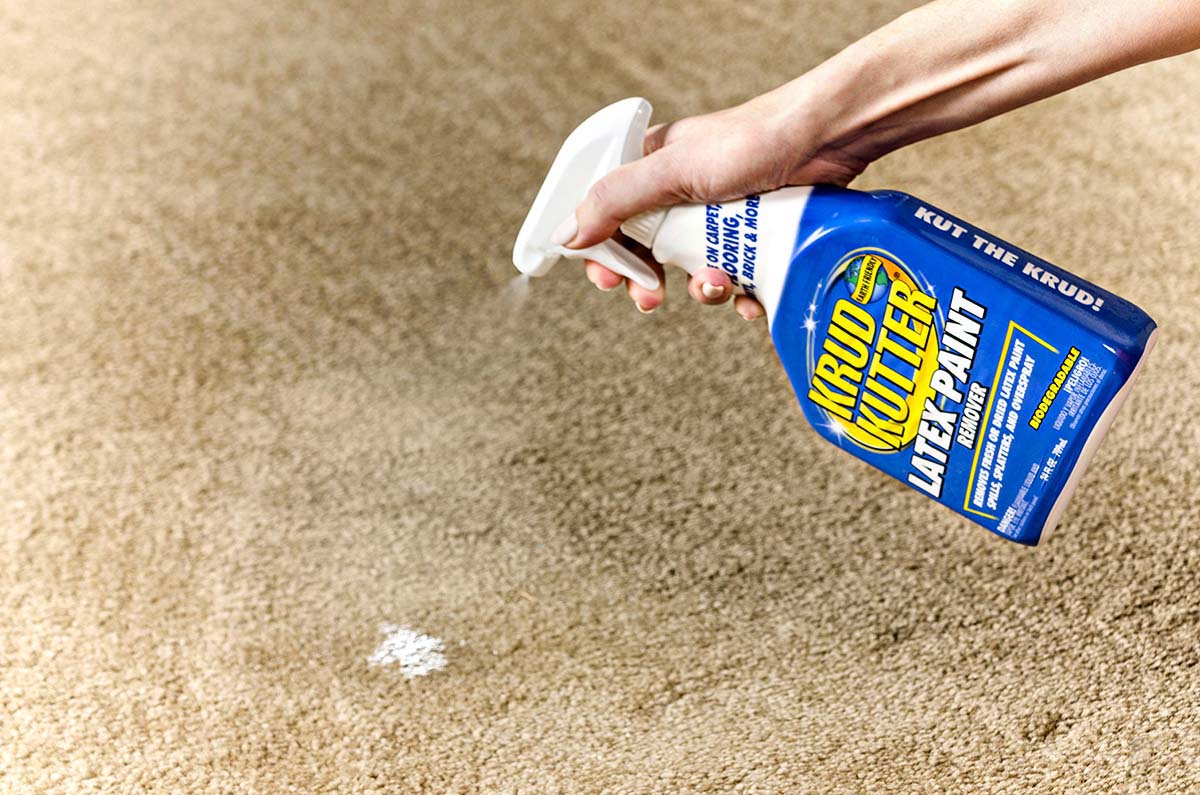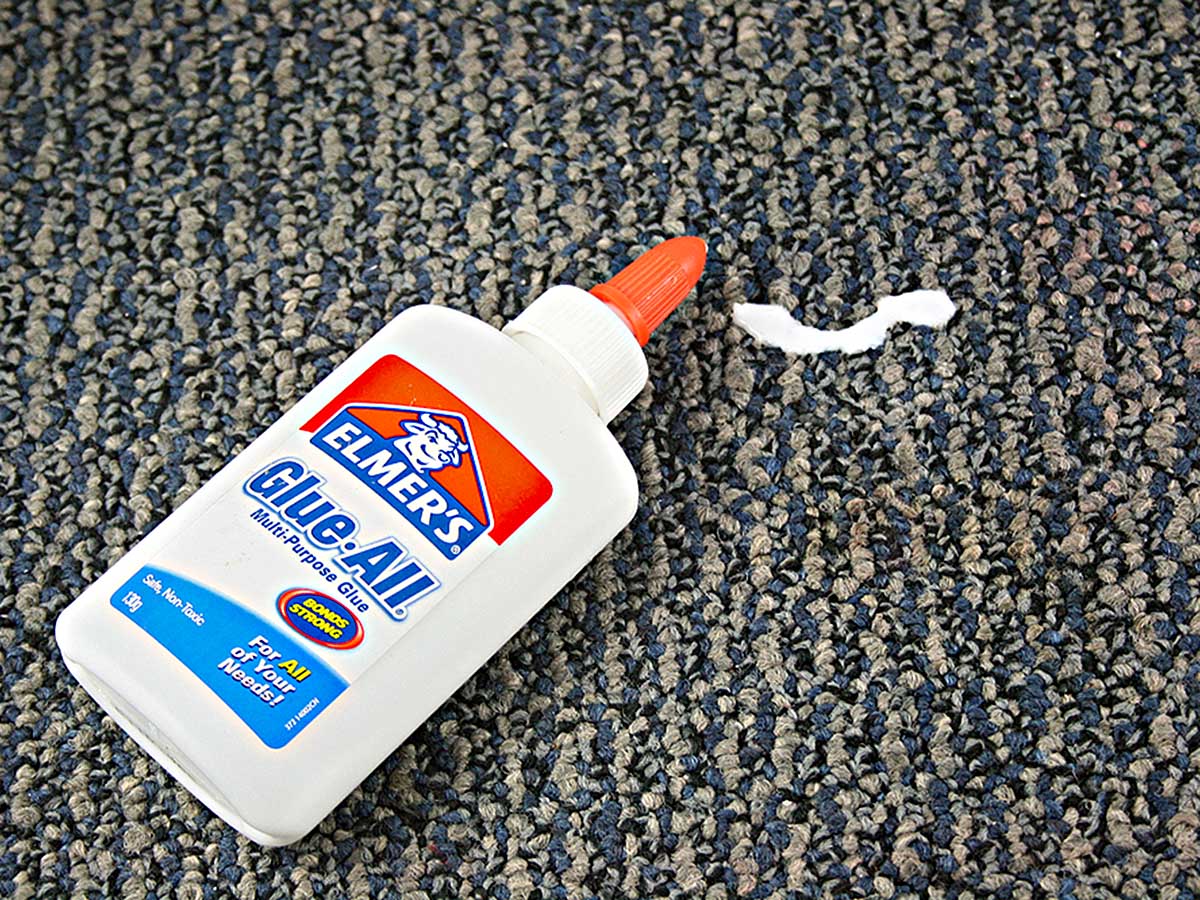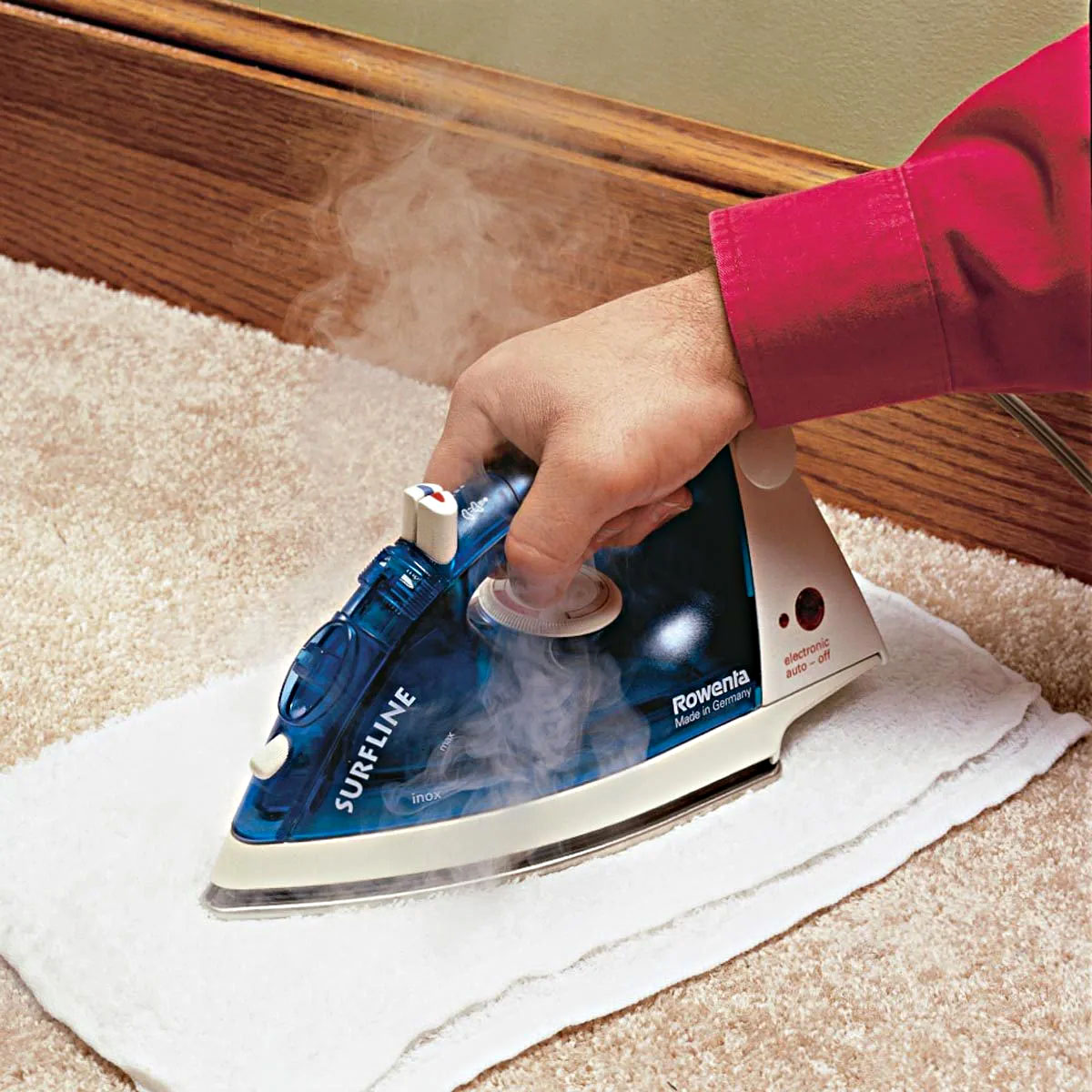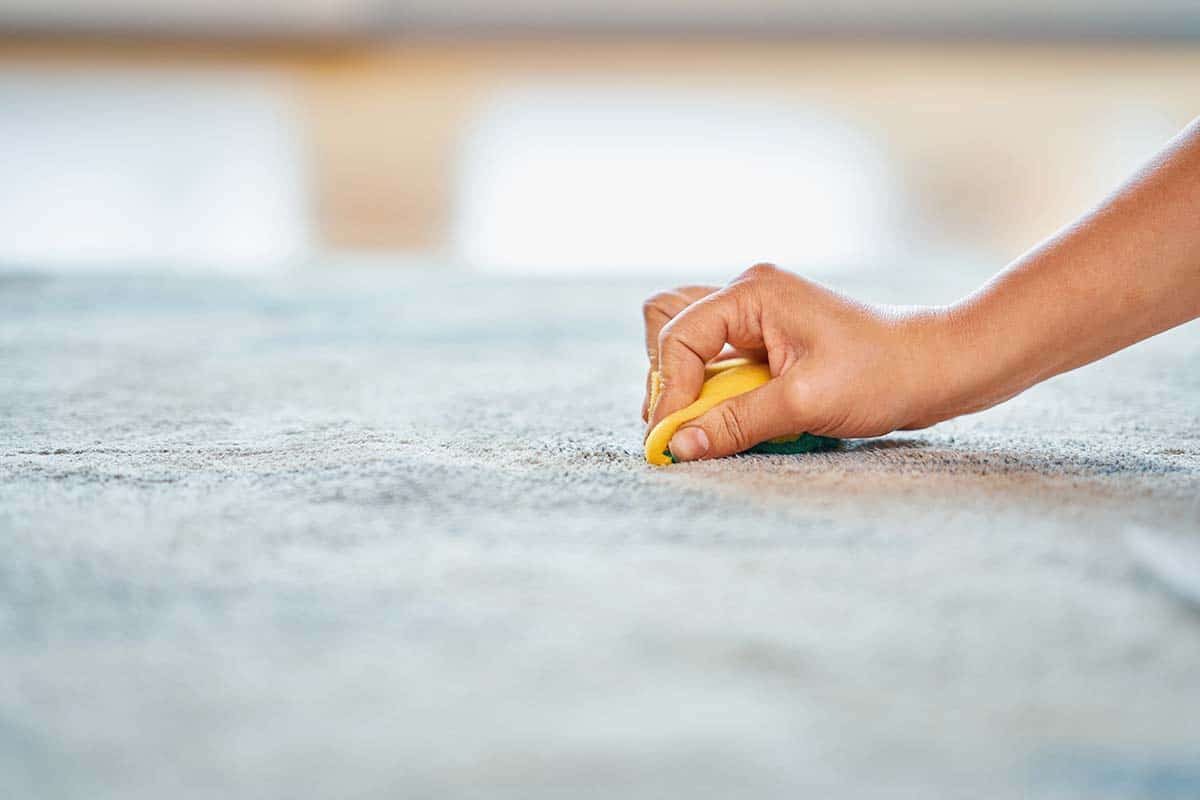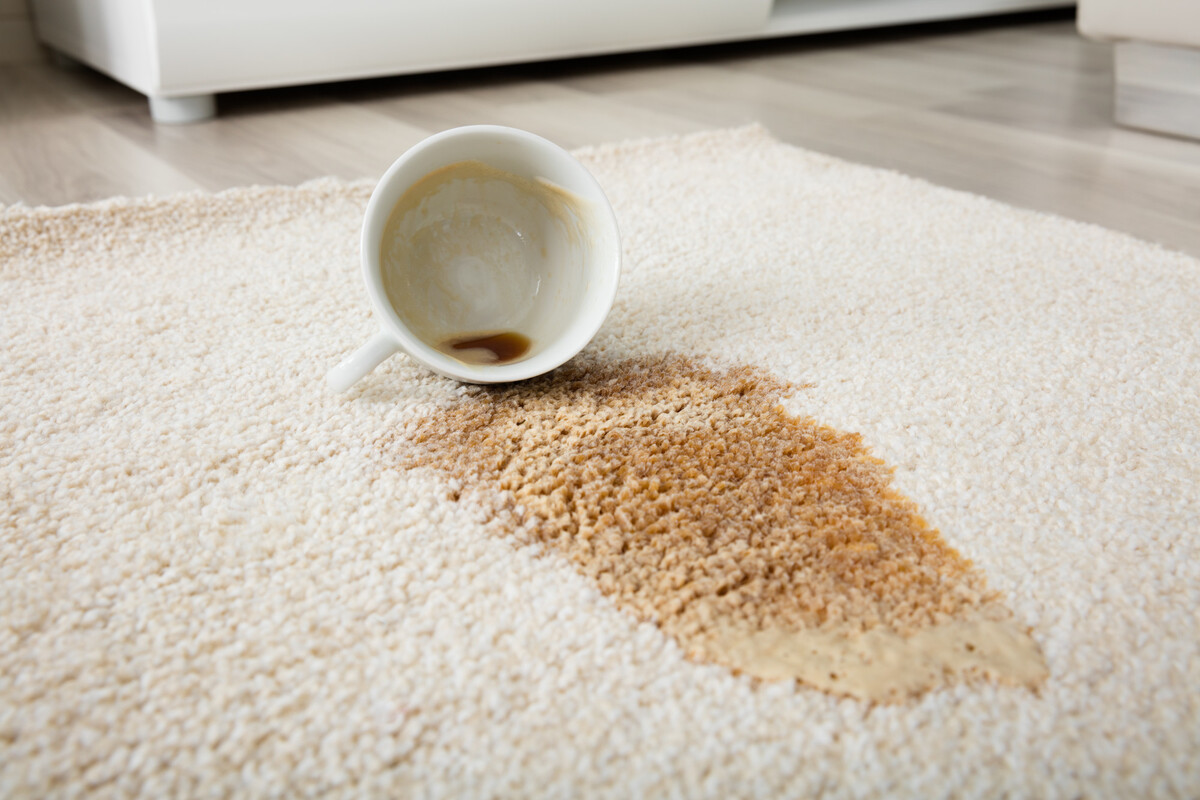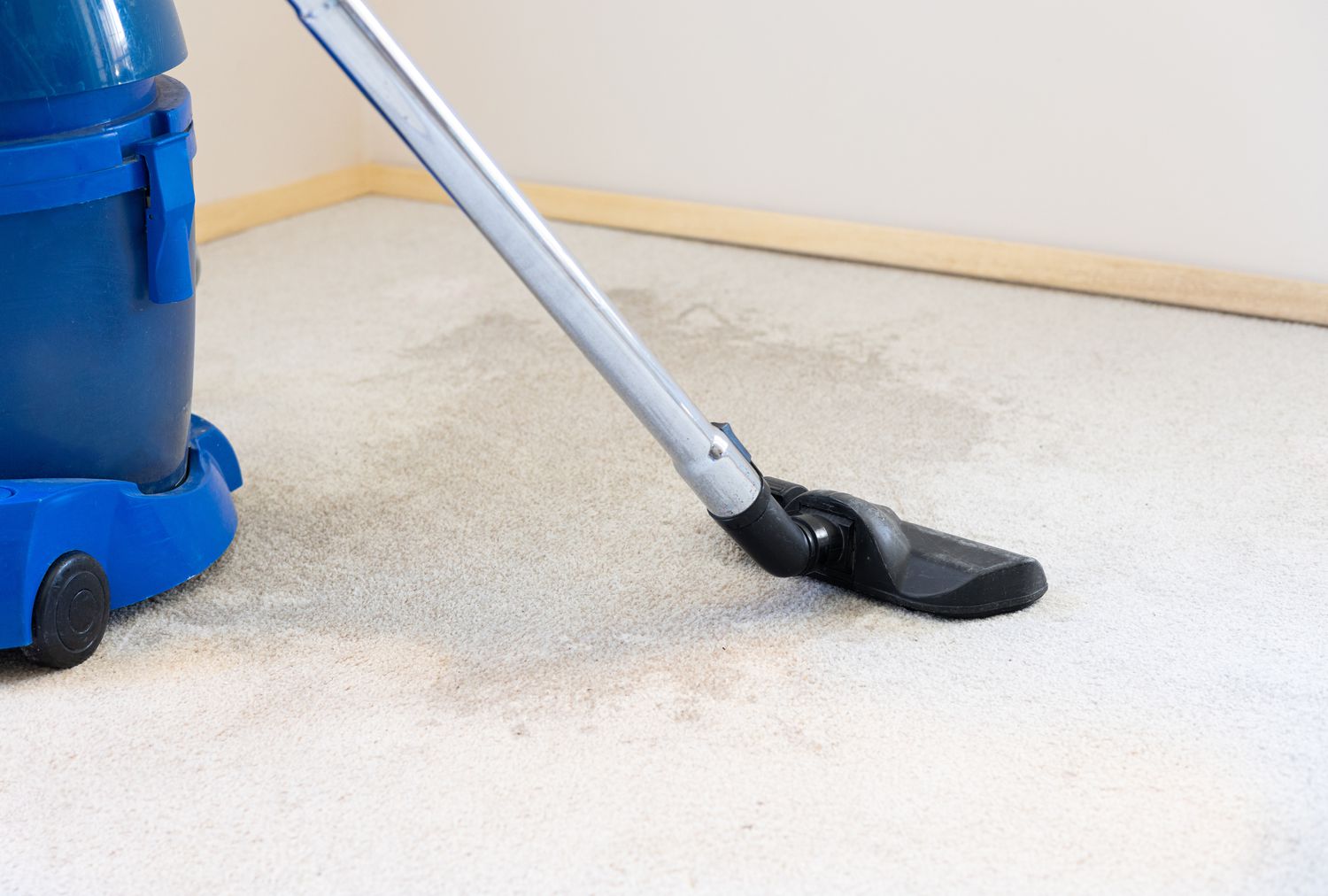

Articles
How To Dry A Flooded Carpet
Modified: October 20, 2024
Learn how to dry a flooded carpet with these helpful articles. Find step-by-step guides, tips, and tricks to restore your carpet after a flood.
(Many of the links in this article redirect to a specific reviewed product. Your purchase of these products through affiliate links helps to generate commission for Storables.com, at no extra cost. Learn more)
Introduction
A flooded carpet can be a homeowner’s worst nightmare. Whether it’s due to a burst pipe, a leaking roof, or severe weather conditions, the presence of excess water can cause significant damage to your carpet and potentially lead to mold growth if not addressed promptly. Knowing how to properly dry a flooded carpet is essential to prevent further damage and restore your home to its pre-flood condition.
In this article, we will guide you through a step-by-step process for drying a flooded carpet and ensuring its cleanliness and longevity. By following these steps, you can mitigate the damage caused by water and salvage your carpet, saving you time and money in the long run.
Before we dive into the details, it’s important to note that drying a flooded carpet is not a task to be taken lightly. It requires patience, time, and the right equipment to do it effectively. If the flood is extensive or you feel overwhelmed, it’s best to seek professional help from a water damage restoration specialist.
Now, without further ado, let’s get started with the first step in the process: removing excess water from the flooded carpet.
Key Takeaways:
- Promptly removing excess water, treating stains and odors, and utilizing air circulation and dehumidifiers are essential steps in effectively drying a flooded carpet, preventing further damage and mold growth.
- Implementing preventive measures such as maintaining plumbing systems, installing a sump pump, and investing in flood insurance can significantly reduce the risk of future floods and protect your carpet investment.
Read more: How To Dry Wet Carpet
Step 1: Remove Excess Water
The first and most crucial step in drying a flooded carpet is to remove as much excess water as possible. The sooner you can get rid of the water, the better chance you have of preventing further damage and mold growth.
Here are a few methods you can use to remove excess water from the carpet:
- Use towels or absorbent materials: Start by blotting the carpet with clean towels or absorbent materials. Place them on the wet area and apply gentle pressure to soak up the water. Repeat this process with dry towels until no more water can be absorbed.
- Use a wet/dry vacuum: If you have access to a wet/dry vacuum, use it to suction out the water from the carpet. Make sure to follow the manufacturer’s instructions and use the appropriate attachments for carpet cleaning. Move the vacuum slowly over the carpet to ensure maximum water extraction.
- Use a submersible pump: For larger floods, such as those caused by a burst pipe, you may need to use a submersible pump to remove the excess water. This device is designed to handle large volumes of water and can be rented from a hardware store if you don’t own one. Be cautious when using a submersible pump and ensure all safety precautions are followed.
Remember to focus on the saturated areas of the carpet and work in small sections to ensure efficient water removal. Be thorough in your efforts to minimize the risk of structural damage and mold growth.
Once you have removed as much water as possible, it’s time to move on to the next step: extracting water using a wet/dry vacuum.
Step 2: Extract Water using a Wet/Dry Vacuum
After removing the excess water from the flooded carpet, the next step in the drying process is to extract as much remaining water as possible using a wet/dry vacuum.
Here’s how to properly extract water from your carpet using a wet/dry vacuum:
- Prepare the vacuum: Ensure that your wet/dry vacuum is clean and in good working condition. Empty the vacuum canister or replace the vacuum bag if necessary. Attach the appropriate tool for carpet cleaning, such as a wide-mouthed attachment or a squeegee attachment.
- Begin the extraction: Start at the furthest point from the exit and work your way towards the door. Move the vacuum in slow, overlapping strokes to extract as much water as possible. Apply gentle pressure without pressing too hard to avoid damaging the carpet fibers.
- Empty the vacuum: Regularly check the vacuum canister or bag and empty it as needed to maintain optimal suction power. The more water you can extract from the carpet, the faster it will dry.
If you have a large area to cover or don’t have access to a wet/dry vacuum, you may consider renting one from a local hardware store or hiring a professional carpet cleaner with specialized equipment.
Keep in mind that extracting water using a wet/dry vacuum may not completely remove all moisture from the carpet. This process primarily targets surface water, and there may still be residual moisture deeper within the carpet padding. That’s why it’s essential to proceed to the next steps to ensure thorough drying and prevent mold or mildew growth.
Now that you have successfully extracted water using a wet/dry vacuum, it’s time to move on to step 3: treating stains and odors that may have resulted from the flood.
Step 3: Treat Stains and Odors
When a carpet becomes flooded, it’s not uncommon for stains and odors to develop. These can be caused by various factors, including dirt, bacteria, and contaminants present in the floodwater. Treating stains and odors is an important step in the drying process to ensure that your carpet is not only dry but also clean and fresh-smelling.
Here’s how you can effectively treat stains and odors:
- Identify the stains: Inspect the carpet for any visible stains caused by the floodwater. Common stains include mud, food stains, or discoloration from chemical contaminants. Take note of the stains and their locations as you will need this information for targeted treatment.
- Prepare a cleaning solution: Depending on the type of stain and odor, you can create a homemade cleaning solution or use a commercial carpet cleaner. Dilute the cleaner according to the manufacturer’s instructions, and test it on a small, inconspicuous area of the carpet to ensure it doesn’t cause discoloration or damage.
- Treat the stains: Apply the cleaning solution directly to the stains and gently blot or rub the area with a clean cloth or soft-bristle brush. Avoid scrubbing aggressively, as this can further damage the carpet fibers. Repeat the process until the stain starts to lift or fade.
- Address persistent odors: If there are lingering odors in the carpet, you can sprinkle baking soda liberally over the affected areas. Allow the baking soda to sit for a few hours or overnight to absorb the odors. Afterward, vacuum the carpet thoroughly to remove the baking soda along with any trapped smells.
It’s important to note that some stains and odors may be more stubborn and require professional cleaning services or specialized stain removers. If you’re unable to remove a particular stain or lingering odor, it’s best to consult a professional carpet cleaner for assistance.
With the stains and odors effectively treated, we can now move on to step 4: utilizing air circulation to speed up the drying process.
Step 4: Utilize Air Circulation
Air circulation is a crucial element in the drying process of a flooded carpet. Proper airflow helps to evaporate moisture, speeding up the drying time and preventing the growth of mold and mildew. In this step, we will explore various techniques to enhance air circulation and promote efficient drying.
Here are some tips to effectively utilize air circulation:
- Open windows and doors: If weather conditions permit, open windows and doors to create cross-ventilation. This allows fresh air to circulate through the space and aids in drying the carpet faster. Ensure that there is no rain or excess humidity entering the room during this process.
- Use fans: Position fans strategically around the room to increase air circulation. Point them towards the carpet and turn them on at a high speed. This will help to move the moist air away from the carpet’s surface and expedite the drying process. Oscillating fans are particularly effective in covering a larger area.
- Utilize ceiling fans: If you have ceiling fans in the room, switch them on to enhance air movement. Make sure the fans rotate in a counterclockwise direction to push the air downwards and create a cooling effect. This will help to prevent stagnant air and aid in drying the carpet.
- Consider dehumidifiers: Using dehumidifiers is beneficial, especially in humid environments or if the flood was extensive. Dehumidifiers help to reduce the moisture content in the air, accelerating the drying process. Place them strategically in the room and adjust the settings according to the manufacturer’s recommendations.
Remember, the more airflow you can introduce to the area, the faster your carpet will dry. Regularly check the progress of drying and adjust the positioning of fans or dehumidifiers as needed. It’s essential to maintain a well-ventilated environment throughout the entire drying process.
Once you have established proper air circulation, it’s time to move on to step 5: using dehumidifiers to further remove moisture from the air.
Use a wet/dry vacuum to remove as much water as possible from the flooded carpet. Then, use fans and dehumidifiers to help speed up the drying process and prevent mold growth.
Read more: How To Dry Out Basement Carpet
Step 5: Use Dehumidifiers
Dehumidifiers play a crucial role in the drying process of a flooded carpet. They help to remove excess moisture from the air, reducing humidity levels and preventing further damage, such as mold growth. In this step, we will discuss how to effectively utilize dehumidifiers to expedite the drying of your carpet.
Here’s how to properly use dehumidifiers:
- Select the appropriate dehumidifier: Choose a dehumidifier that is suitable for the size of the room or area affected by the flood. Consider factors such as the dehumidifier’s capacity and ability to extract moisture from the air. Check the manufacturer’s guidelines to ensure you select the correct model for your needs.
- Place the dehumidifier centrally: Position the dehumidifier in the center of the room or area, ensuring it has ample space around it for proper airflow. It’s best to place it away from walls or furniture to maximize its effectiveness. Connect the dehumidifier to a power source and switch it on.
- Adjust humidity levels: Most dehumidifiers have adjustable settings to control the humidity levels. Set the desired humidity level based on the manufacturer’s recommendations. Typically, a relative humidity of around 40-50% is ideal for expedited drying. Monitor the dehumidifier regularly to ensure it is functioning properly.
- Empty the water collection bucket: Dehumidifiers collect water in a reservoir or bucket that needs to be emptied periodically. Check the water level regularly and empty it when full to ensure continuous operation. Some dehumidifiers also have a drainage hose option that allows for automatic water disposal.
It’s important to note that dehumidifiers work best in a well-ventilated space. Ensure that there is adequate airflow by opening windows or using fans, as mentioned in the previous step. This will assist in reducing moisture from the air more efficiently.
Continue to operate the dehumidifier until the carpet is completely dry. Regularly monitor the humidity levels in the room and make adjustments to the dehumidifier settings as needed. Once the carpet is dry to the touch, we can move on to step 6: steam cleaning the carpet to remove any remaining dirt or contaminants.
Step 6: Steam Clean the Carpet
After effectively drying a flooded carpet, it’s important to deep clean it to remove any remaining dirt, debris, or contaminants that may have accumulated during the flood. Steam cleaning, also known as hot water extraction, is an excellent method to thoroughly clean and sanitize the carpet fibers. In this step, we will discuss how to properly steam clean your carpet.
Here’s how to steam clean a flooded carpet:
- Prepare the steam cleaner: If you own a steam cleaner, ensure it is in good working condition. If not, you can rent a steam cleaner from a local hardware store. Fill the steam cleaner with hot water according to the manufacturer’s instructions. Some steam cleaners may require the addition of a cleaning solution, so check the guidelines.
- Pre-treat stains and high-traffic areas: Before steam cleaning, pre-treat any stubborn stains or high-traffic areas with a suitable carpet stain remover. Follow the instructions on the stain remover product and allow it to sit for the recommended duration to break down the stains.
- Start steam cleaning: Begin steam cleaning the carpet by moving the machine slowly across the surface in a back-and-forth motion. Overlapping each pass ensures thorough cleaning. The hot water and steam will penetrate the carpet fibers, loosening dirt and debris.
- Extract the water: As you steam clean, the machine will simultaneously extract the water and debris from the carpet. Empty the dirty water reservoir regularly to maintain optimal cleaning performance. Repeat the process until the water being extracted appears clear.
- Drying the carpet: After steam cleaning, use fans or open windows to expedite the drying process. Avoid walking on the carpet until it is completely dry to prevent any dirt or debris from re-soiling or damaging the freshly cleaned fibers.
Steam cleaning not only removes dirt and stains but also helps in sanitizing the carpet, leaving it fresh-smelling and free from any potentially harmful bacteria or allergens. However, if you are unsure about steam cleaning or if the carpet is heavily damaged, it is recommended to seek professional help from a certified carpet cleaning company.
Now that your carpet is clean and fresh, let’s move on to step 7: considering professional carpet cleaning services for a more thorough restoration.
Step 7: Professional Carpet Cleaning
While the previous steps are effective in drying and cleaning a flooded carpet, there are instances when professional carpet cleaning services are necessary for a more thorough restoration. Professional cleaners have specialized equipment, knowledge, and experience to tackle stubborn stains, deep-seated dirt, and ensure the longevity of your carpet. In this step, we will discuss the benefits of professional carpet cleaning and when it’s advisable to seek their services.
Here’s why professional carpet cleaning is beneficial:
- Expertise and experience: Professional carpet cleaners are trained to identify different carpet types and assess the appropriate cleaning methods. They have extensive knowledge of effective stain removal techniques, equipment, and cleaning solutions tailored to specific carpet fibers.
- Advanced equipment and technology: Professional cleaners utilize advanced equipment that can reach deep into the carpet fibers, removing embedded dirt, allergens, and pollutants. They have access to powerful steam cleaners, hot water extraction machines, and specialized tools to ensure a thorough and effective cleaning.
- Stain and odor removal: Stubborn stains and lingering odors can be difficult to eliminate with DIY methods alone. Professional cleaners have access to potent cleaning agents that can effectively treat and remove tough stains and odors, ensuring your carpet smells fresh and looks revitalized.
- Long-term carpet care: Professional carpet cleaning not only restores your carpet’s appearance but also extends its lifespan. By removing dirt, allergens, and debris, professional cleaning helps prevent fiber deterioration and prolongs the overall life of your carpet investment.
It is advisable to seek professional carpet cleaning services in the following situations:
- If the floodwater was contaminated by sewage, chemicals, or other hazardous substances
- If the carpet has extensive damage or mold growth
- If you want to ensure a more thorough cleaning and restoration of your carpet
- If you are unable to remove persistent stains or odors
Professional carpet cleaning services can provide a deeper level of cleaning and restoration, especially after a flood. They can assist in the assessment of any underlying damage and provide appropriate treatments, ensuring your carpet is brought back to its pre-flood condition.
Once you’ve considered professional cleaning or if you prefer to perform the final step on your own, let’s move on to step 8: tips on preventing future floods and damage to your carpet.
Step 8: Prevent Future Floods and Damage
Now that you have successfully dried and restored your flooded carpet, it’s essential to take preventive measures to avoid future floods and minimize potential damage. By implementing these preventative actions, you can protect your carpet investment and maintain a safe and dry environment in your home.
Here are some tips to help prevent future floods and damage:
- Maintain your plumbing system: Regularly inspect your plumbing system for leaks, cracks, or clogs. Repair any issues promptly to prevent water damage to your carpet and other areas of your home.
- Install a sump pump: Consider installing a sump pump if you live in an area prone to flooding or have a history of water issues in your home. A sump pump helps to prevent excessive water accumulation and reduces the risk of flooding.
- Properly seal windows and doors: Ensure that windows and doors are properly sealed to prevent water from seeping into your home during heavy rains or storms. Use weatherstripping and caulking to seal any gaps or cracks.
- Keep gutters and downspouts clear: Regularly clean and maintain gutters and downspouts to prevent clogs and water overflow. This helps to redirect water away from your home’s foundation, reducing the risk of water entering your living space.
- Be cautious with appliances: Properly maintain and inspect appliances such as washing machines, dishwashers, and refrigerators with water supply lines. Ensure that connections are secure and look for signs of leaks. Consider using water leak detectors or installing an automatic shut-off valve for added protection.
- Elevate valuables and electronics: If you live in a flood-prone area, consider elevating your valuable possessions and electronics to higher levels or storing them on upper floors. This helps to protect them from potential water damage in the event of a flood.
- Invest in flood insurance: Depending on your location and risk factors, it may be wise to invest in flood insurance. This can provide financial protection and peace of mind in the event of a flood-related carpet damage or other water-related incidents.
By implementing these preventive measures, you can significantly reduce the likelihood of future floods and protect your carpet from potential damage. It’s important to stay vigilant and address any issues promptly to maintain a safe and dry living environment.
With these preventative steps in mind, you should now have the knowledge and tools to properly dry and restore a flooded carpet, as well as prevent future damage. By following these steps and taking appropriate measures, you can extend the life of your carpet and ensure a clean and healthy home environment.
Remember, in severe flood situations, it’s best to consult a professional water damage restoration specialist for guidance and assistance. They have the expertise and equipment to handle extensive flood damage effectively.
Keep your carpet clean, dry, and well-maintained, and enjoy a comfortable and beautiful living space for years to come.
Read more: How To Dry A Carpet After Washing
Conclusion
Dealing with a flooded carpet can be a challenging and stressful experience. However, by following the step-by-step process outlined in this article, you can effectively dry and restore your carpet, saving both time and money in the long run. Remember, patience is key during this process, and it’s important to take prompt action to prevent further damage and potential health hazards.
From removing excess water to utilizing air circulation, extracting moisture, treating stains and odors, steam cleaning, and considering professional services, each step plays a crucial role in restoring your carpet to its pre-flood condition. By taking the time to properly dry, clean, and maintain your carpet, you can prolong its lifespan and ensure a healthier living environment for you and your family.
Additionally, implementing preventive measures can greatly reduce the risk of future floods and damage. Regular maintenance, such as inspecting plumbing systems, sealing windows and doors, and keeping gutters clear, can go a long way in preventing water-related issues and protecting your carpet investment.
Remember, if the floodwater is contaminated or the damage is extensive, don’t hesitate to seek professional help from a water damage restoration specialist. They have the expertise, equipment, and knowledge to handle severe flooding situations and ensure a thorough restoration of your carpet.
In conclusion, by being proactive, taking immediate action, and implementing preventive measures, you can effectively dry and restore a flooded carpet. With proper care and maintenance, your carpet will continue to provide comfort, beauty, and durability for years to come.
So don’t let a flooded carpet dampen your spirits. Take charge, follow these steps, and reclaim the beauty and functionality of your carpeted space!
Frequently Asked Questions about How To Dry A Flooded Carpet
Was this page helpful?
At Storables.com, we guarantee accurate and reliable information. Our content, validated by Expert Board Contributors, is crafted following stringent Editorial Policies. We're committed to providing you with well-researched, expert-backed insights for all your informational needs.
